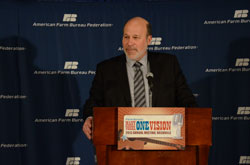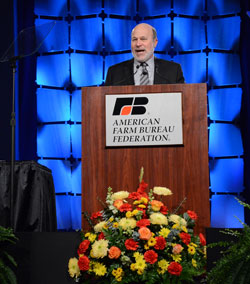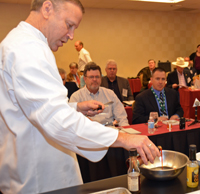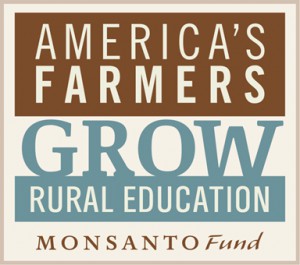 Marjory Lynch Walker and T. Cotton Nelson have staffed the news room at the Beltwide Cotton Conferences for many, many of the event’s 58 year history and while they are not sure what the changes in store will mean for media attendance, they are looking forward to moving ahead.
Marjory Lynch Walker and T. Cotton Nelson have staffed the news room at the Beltwide Cotton Conferences for many, many of the event’s 58 year history and while they are not sure what the changes in store will mean for media attendance, they are looking forward to moving ahead.
“Media attendance has always been healthy here. We’ve had as many as 50-60 members here,” Cotton told me, adding that attendance has continued to be strong over the years, even as less growers have been attending. That’s why Cotton says they appreciate Monsanto’s sponsorship of the news room. “Their support has allowed us to have the equipment in here, a big room, food for the media – just to make it a really good working environment for the media.”
Cotton notes that there will still be lots of information to get out to producers with the revamped schedule for Beltwide next year. “We realize the transfer of technology by the news media of the information that’s presented here is great for cotton growers,” he said.
Listen to my interview with Cotton here: Cotton Nelson interview









